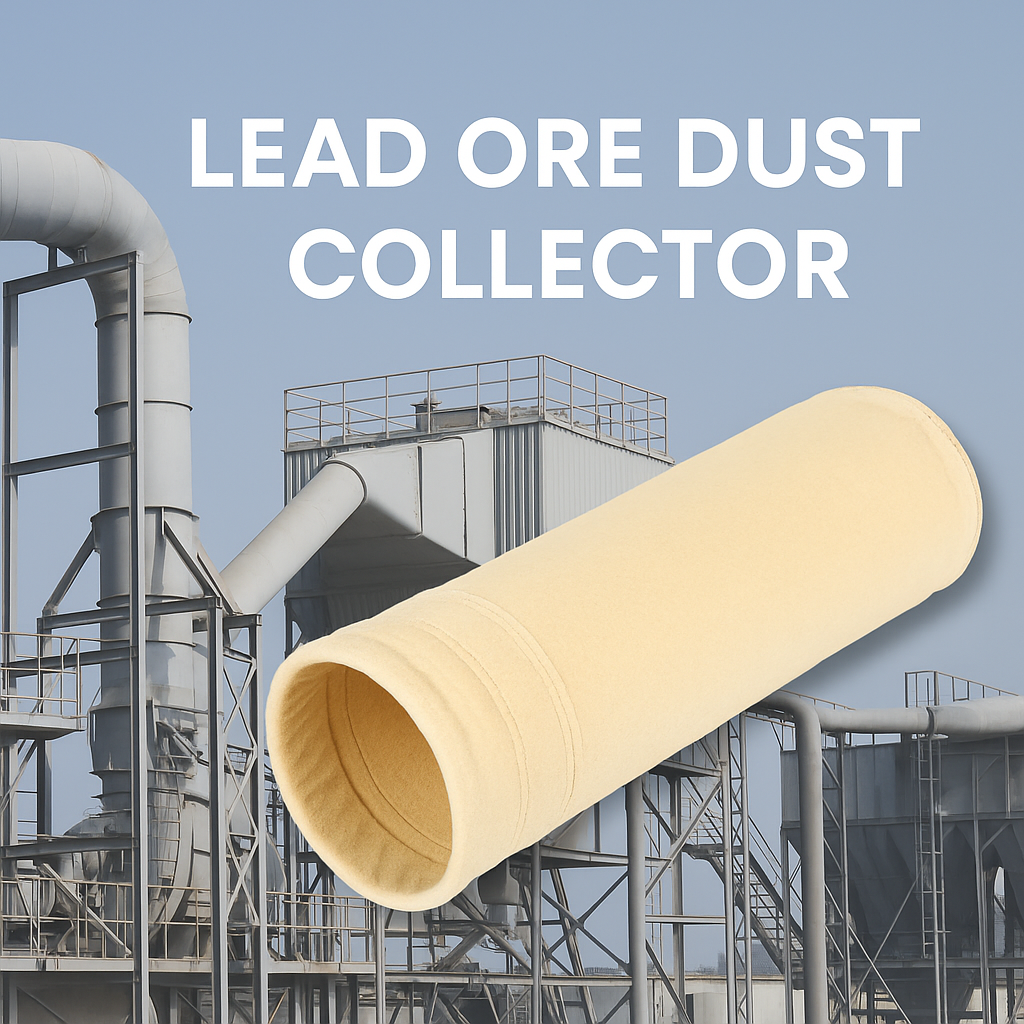Dust emissions in lead ore processing plants are often hazardous due to the toxic nature of lead particles. Effective dust collection systems are crucial to ensure compliance with occupational health and environmental standards, while also maintaining stable plant operation.
Lead ore dust arises from various stages of mineral handling and beneficiation:

| Filter Media | Key Characteristics | Applications |
|---|---|---|
| PTFE (Polytetrafluoroethylene) | Excellent chemical and thermal resistance; ideal for toxic, fine dust. | Smelting, refining, fine lead dust control |
| PPS (Polyphenylene Sulfide) | Acid and alkali resistance; handles temperatures up to 190°C. | Crushing, grinding, or high-temperature dust |
| Aramid (Nomex®) | High-temperature capability with good abrasion resistance. | Kiln or furnace exhaust systems |
| Fiberglass with PTFE Membrane | High filtration efficiency, suitable for hazardous particulate capture. | Centralized baghouses and smelters |
Understanding the Risk: Dust Explosion Fundamentals Dust explosions represent one of the most serious safety hazards in industrial
Introduction Efficient particulate collection is central to modern industrial air pollution control, making the baghouse a familia
By Omela Filtration — Industrial Filtration Experts 1. Industry Background and the Real Problem In pulse-jet dust collector syst